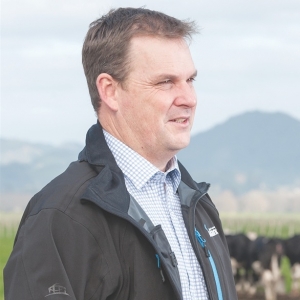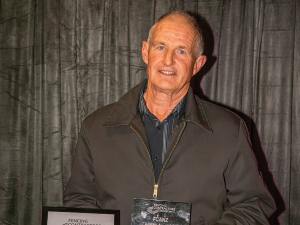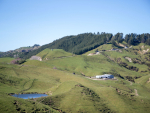“RPR is a niche product used in relatively small quantities. While RPR is a slow release product, there is scientific debate about the exact timeframe of when the P from various rocks is actually released,” says communications manager Gareth Richards.
“We take our commitments and product assurances very seriously. We will assess our RPR options and product information so that customers can continue to access products to meet their agronomic needs.”
Richards says Ravensdown is one of only two companies who supply RPR to a standard that is independently audited, and the product Ravensdown supplies meets Fertmark definitions and its registration.
Meanwhile Ballance responded to Boom’s points by saying its customers can be confident its RPR and superphosphate products deliver agronomic performance with minimal environmental impacts.
“Our priority when sourcing rock is to ensure we can meet our voluntary cadmium limits, while at the same time providing a product which performs well for farmers and supports the economic contribution of the primary sector,” says general manager sales, Andrew Reid.
Other key factors in rock sourcing and supply are reactivity or solubility, then phosphate level, he adds.
“We stand by our products, and actively soil and herbage test farms to measure the outcome of all of our recommendations. The advice we give when recommending a phosphate product is equally as important as the physical product qualities. We have a team of highly skilled and trained experts who are out there working with farmers to advise them on the best approach to farm nutrients for their individual businesses.
“In most circumstances RPR is recommended for use on soils which already have good background levels of phosphate. For soils which require a faster boost of phosphate we would more likely recommend that a superphosphate, serpentine super, DAP or blend of products is used.”
Reid says Ballance’s blends of rock for use as RPR or to make superphosphate are constantly changing as they’re sourced from a range of suppliers to offset political and economic uncertainty among major phosphate producers such as Tunisia, Morocco and Egypt. Using a range of supplies provides price stability, quality and security of supply.
Fertiliser Quality Council chairman Neil Barton says the council, which administers the Fertmark tick quality assurance scheme, will look into Boom’s concerns if they are raised directly with the council.









